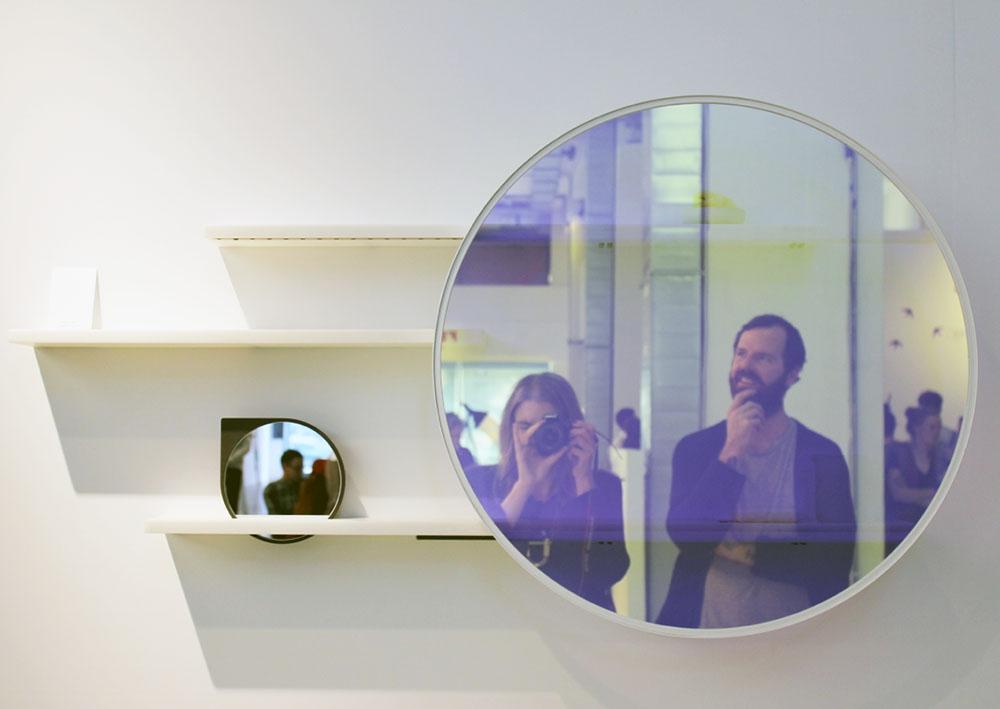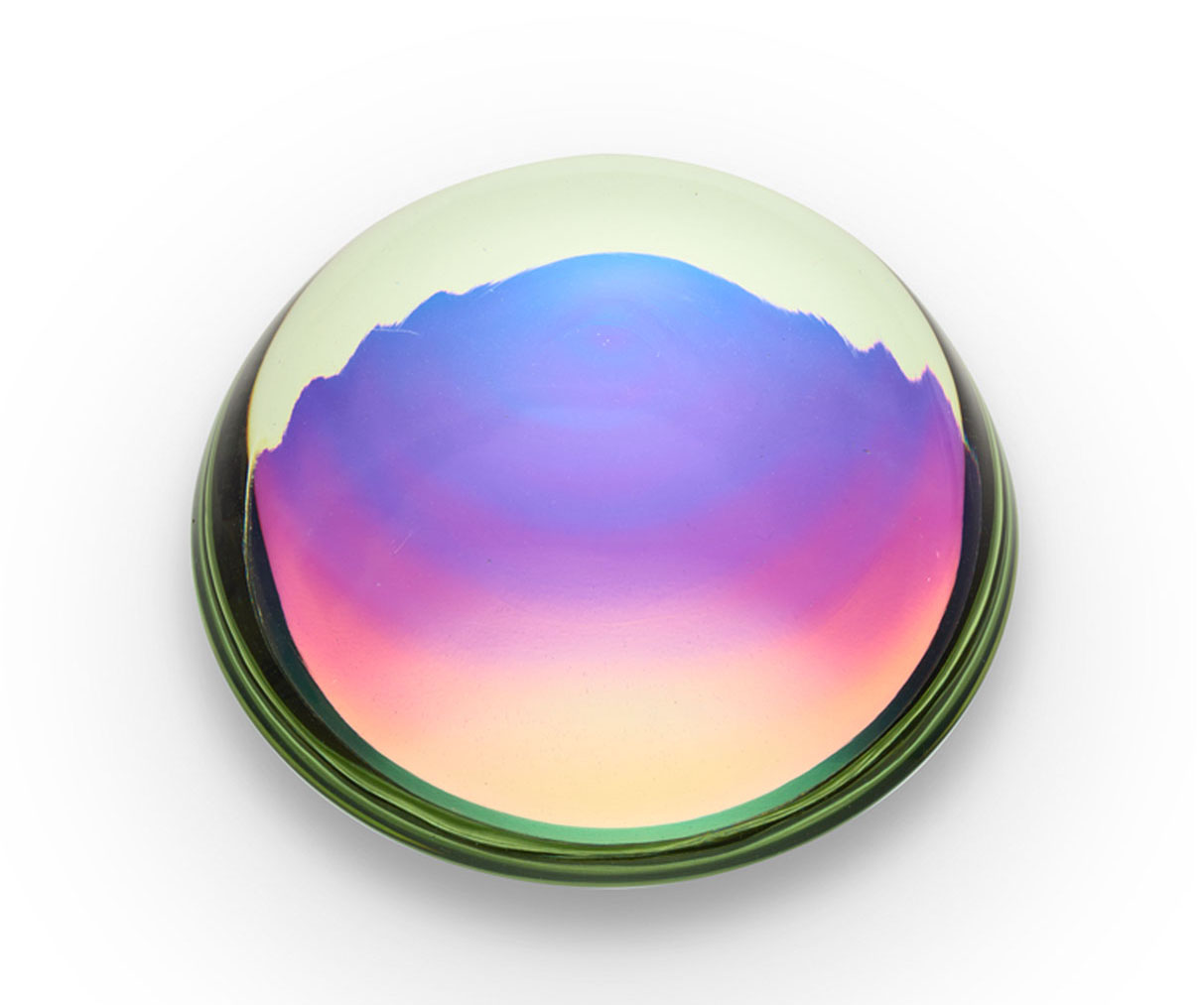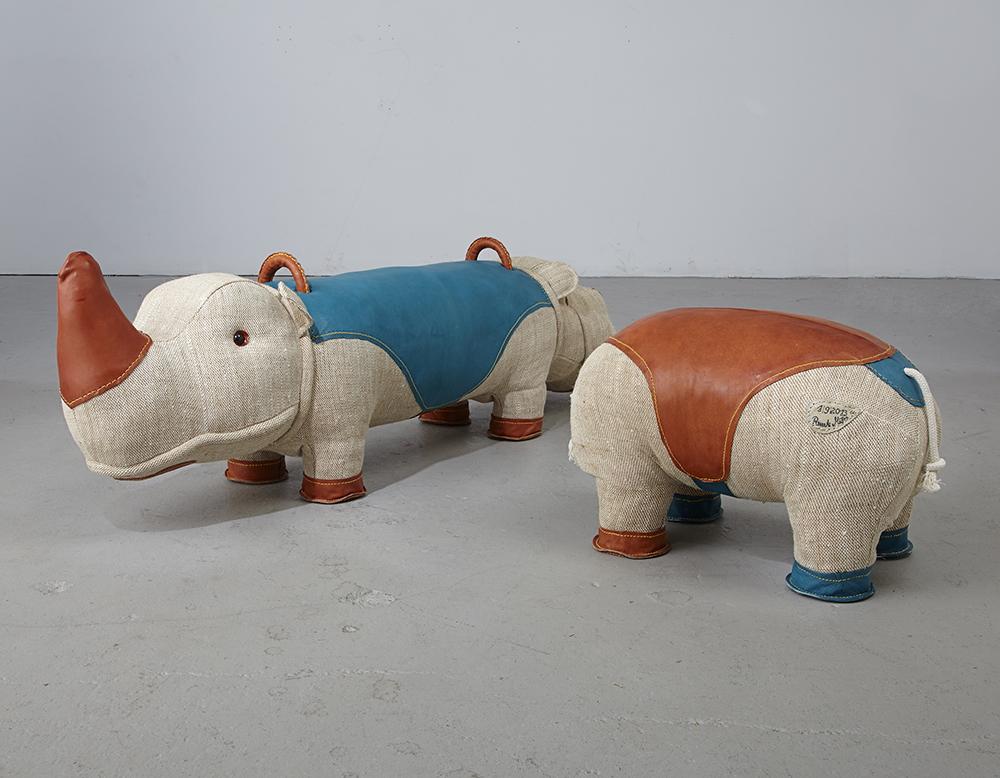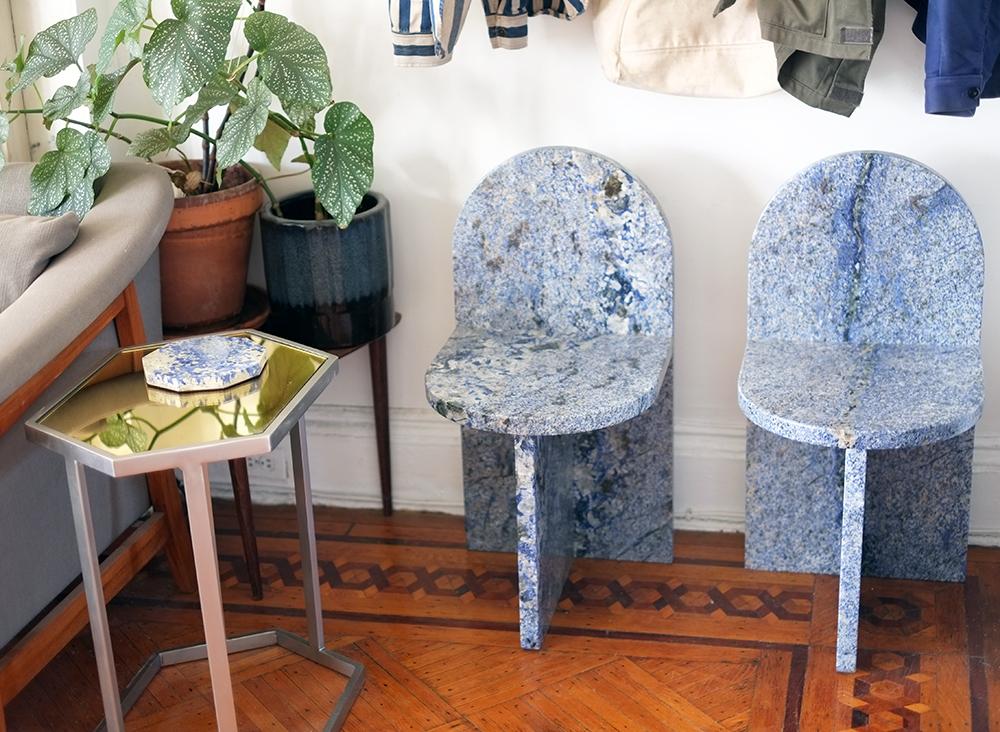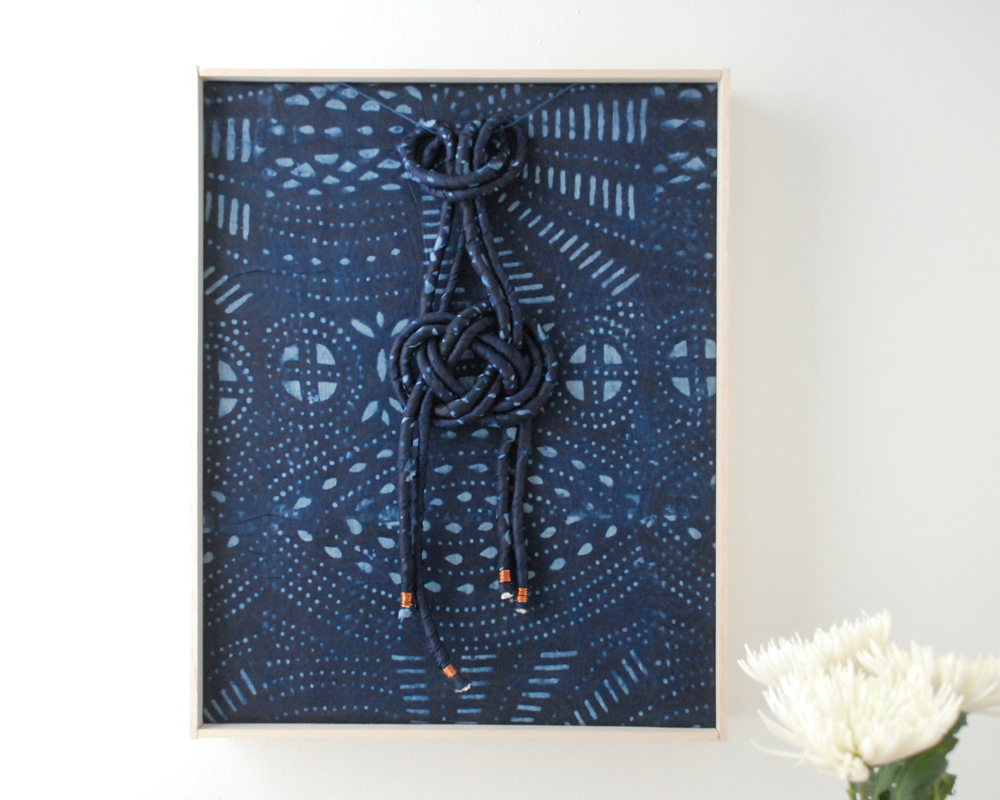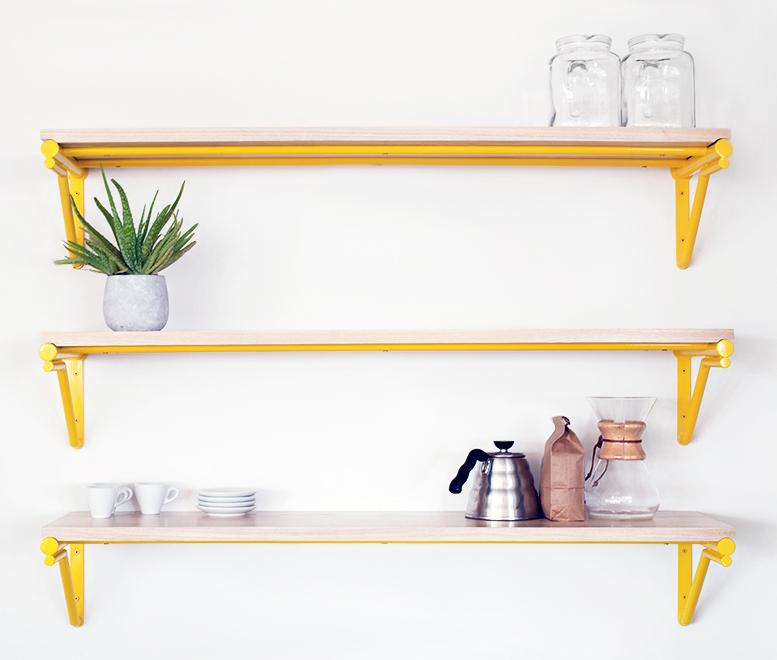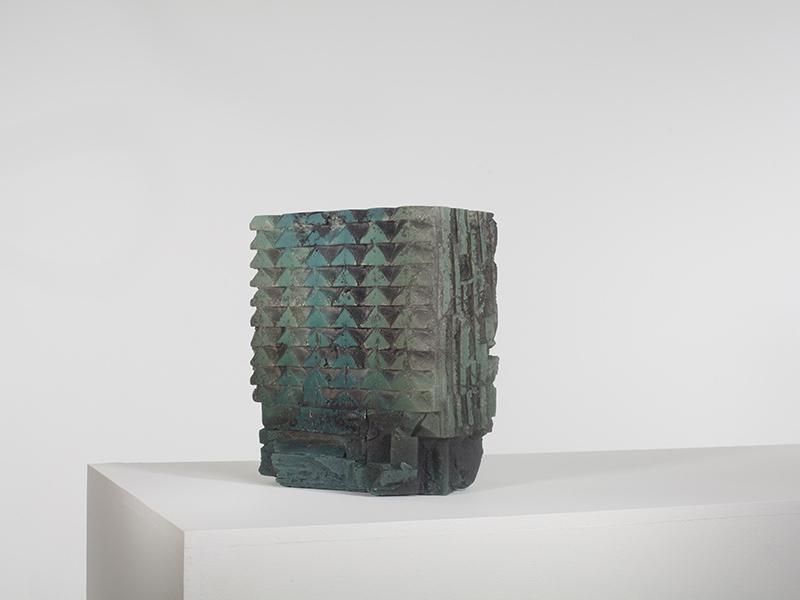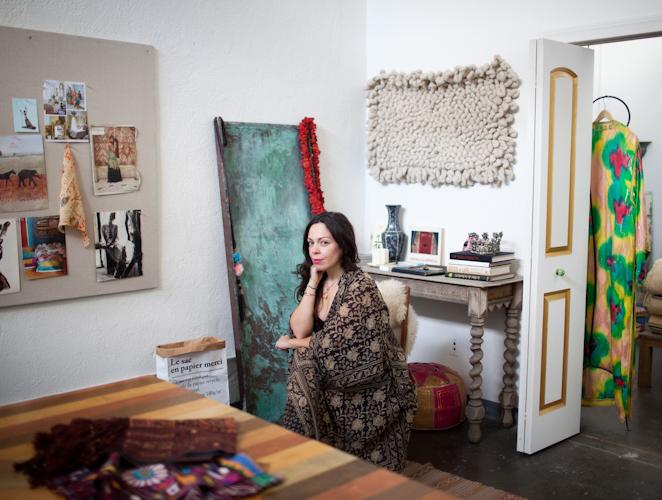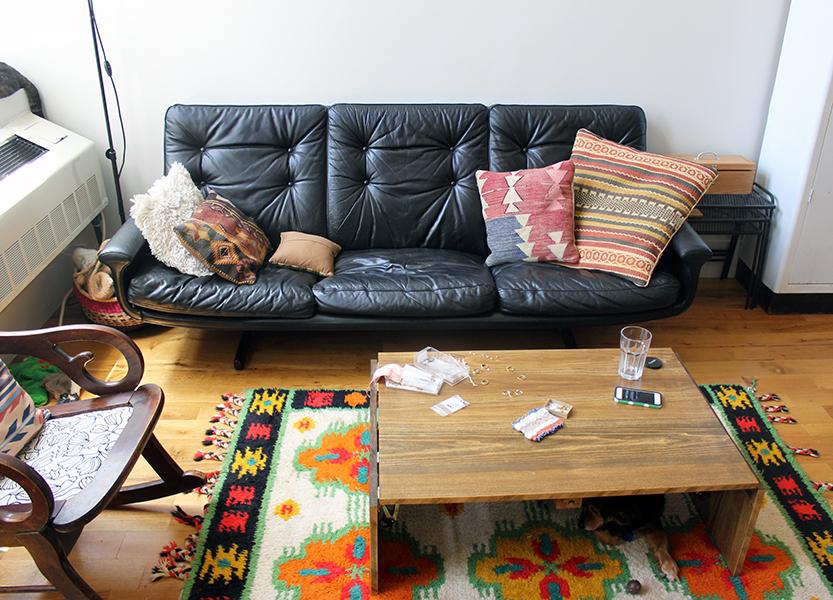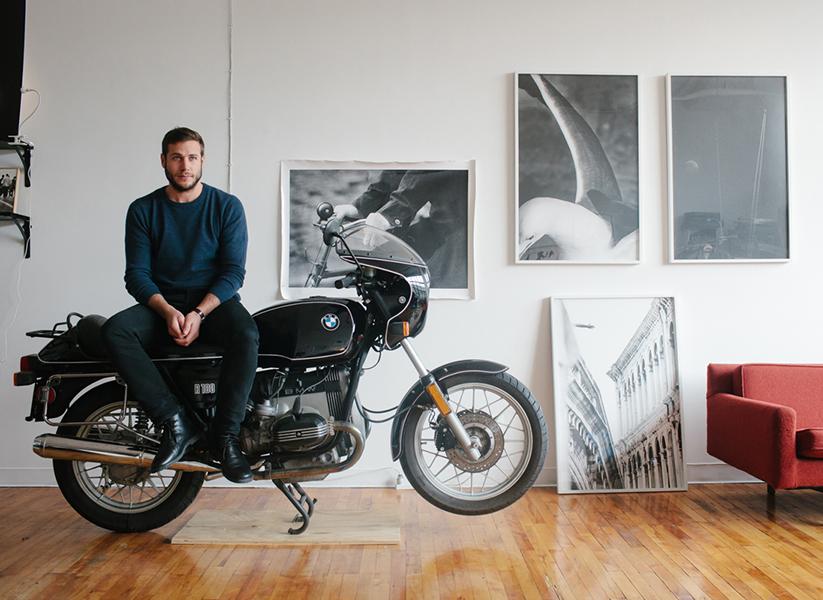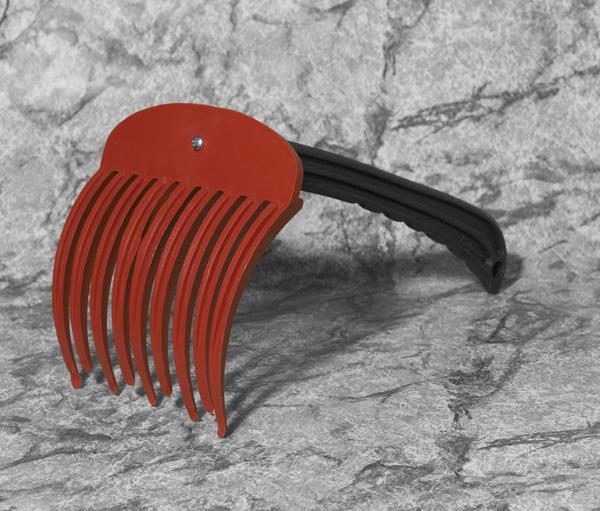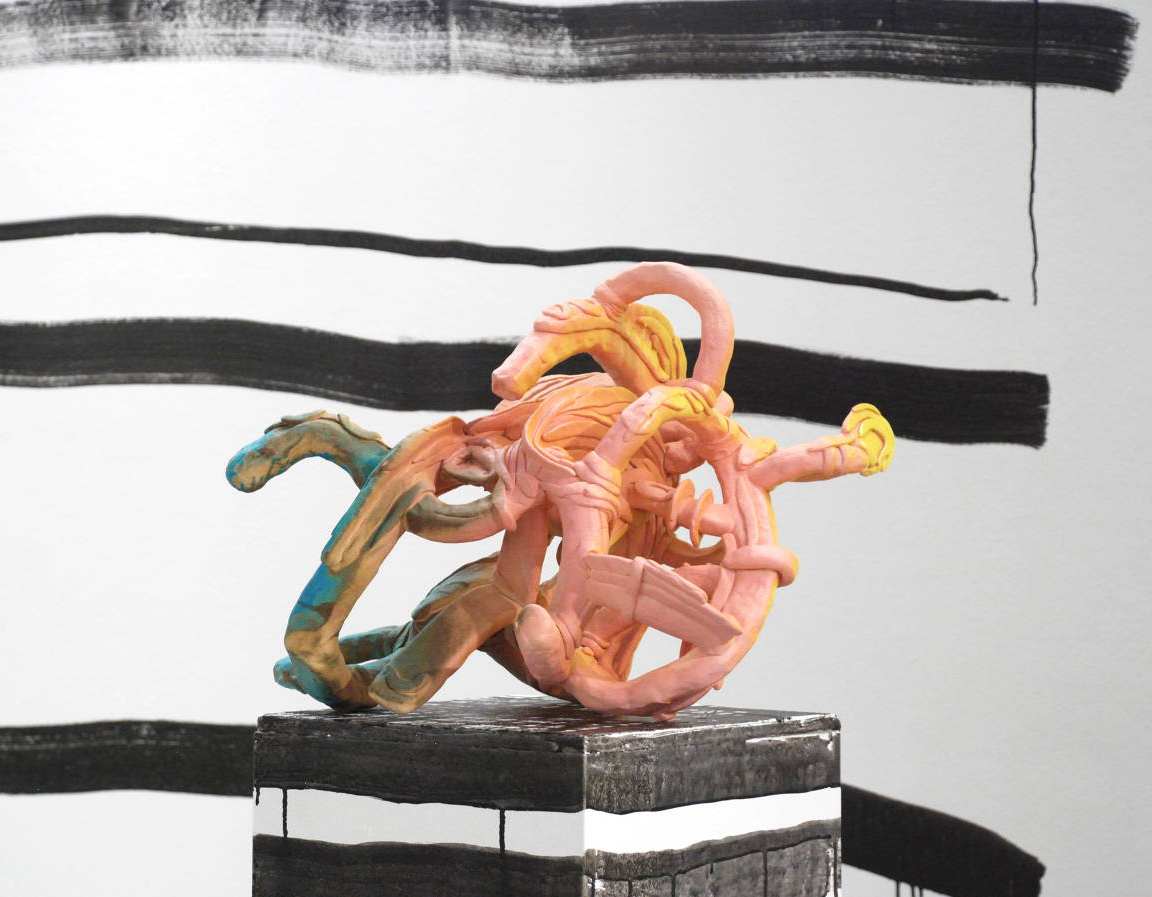
04.21.14
Sighted
Luke Armitstead’s Ceramics
We discovered the ceramics work of Luke Armitstead — born in Seattle, currently in grad school in Wisconsin — at Johnson Trading Gallery here in New York, where we spotted one of his colorful, organic planters standing sentry just outside the space's entrance. Yet as it turns out, Armitstead isn't a designer but an artist who frequently references the built environment. "In my work, one may see colorful fragmented structures, primal bodily forms, architectural models, or funky planters," says Armitstead, whose inspirations span Antoni Gaudi and Friedensreich Hundertwasser to Sterling Ruby and Thomas Houseago. "However, aside from my organic forms, my projects are driven by structured ideas that seek to relate to, or interact with, a physical landscape or place."
